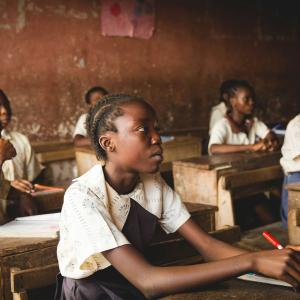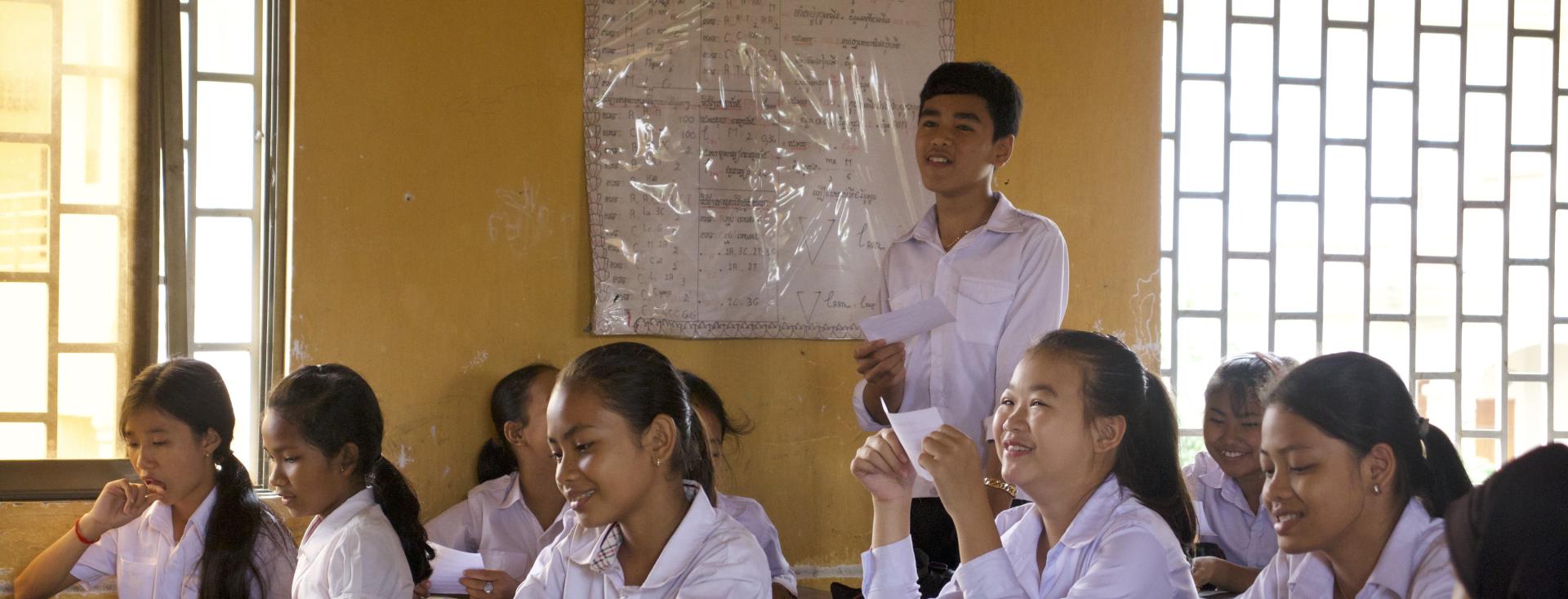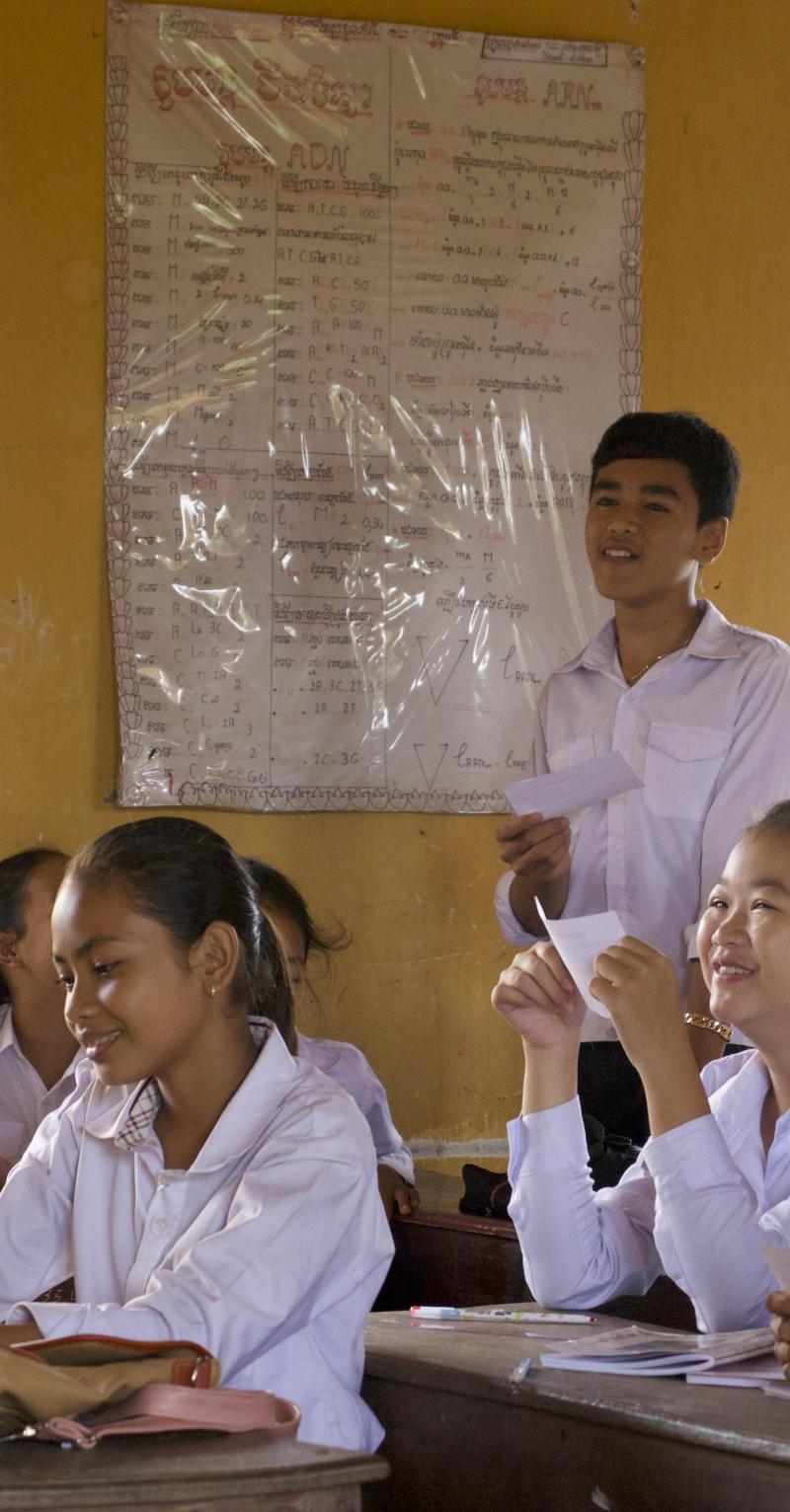
Future of Work
Marco de preparación para la carrera profesional
Una Guía de Actividades que Ayudan a los Estudiantes a Prosperar en sus Carreras Futuras Teach For All, en colaboración con el programa GoTeach del Grupo DHL y basado en investigaciones de la OCDE, ha desarrollado una guía práctica dirigida a educado...
Education in Emergencies
L'histoire de Rahf
Cette vidéo courte présente une enfant réfugiée qui se prénomme Rahf, ses souvenirs de la Syrie et ses réflexions sur son nouveau quotidien au Luxembourg. Les enseignants peuvent également utiliser un plan de cours d'accompagnement en complément de c...

Climate Education
Creative Climate Change Resources
The resources on this site promote art and creativity for climate education. The resources are in video and PDF format. They have been designed to describe activities and use materials in ways that are accessible to everyone. They are based on worksh...
Education in Emergencies
Droits des réfugiés
Cette courte vidéo d’animation du HCR présente les droits dont jouissent les réfugiés ainsi que les lois internationales qui les protègent. Elle peut aider les enseignants qui préparent une leçon et constitue également un support visuel de qualité da...
TACL
Karega Bailey: Growing Roses in Concrete (Seeds of Hope)
In this video from 2016, Karega Bailey, former student mentor at Roses in Concrete school, talks about the importance of disrupting the pervasive narrative of hopelessness in low-income communities.
Inclusive Education
Using Metacognition to Improve the Classroom Environment, Social-Emotional Learning, and Content Comprehension
This case study was created by Teach For Uganda alumnus Solomon Kamukama for the Inclusive Education fellowship. He explored how metacognitive strategies can be used to improve classroom culture, comprehension, and socio-emotional learning.

Climate Education
Introduction to Climate Change Education Podcast
Brighter Thinking Pod from Cambridge is a podcast that brings you advice and conversation from authors, teachers, and academics. This episode covers climate change education and education’s role in tackling the climate crisis.

